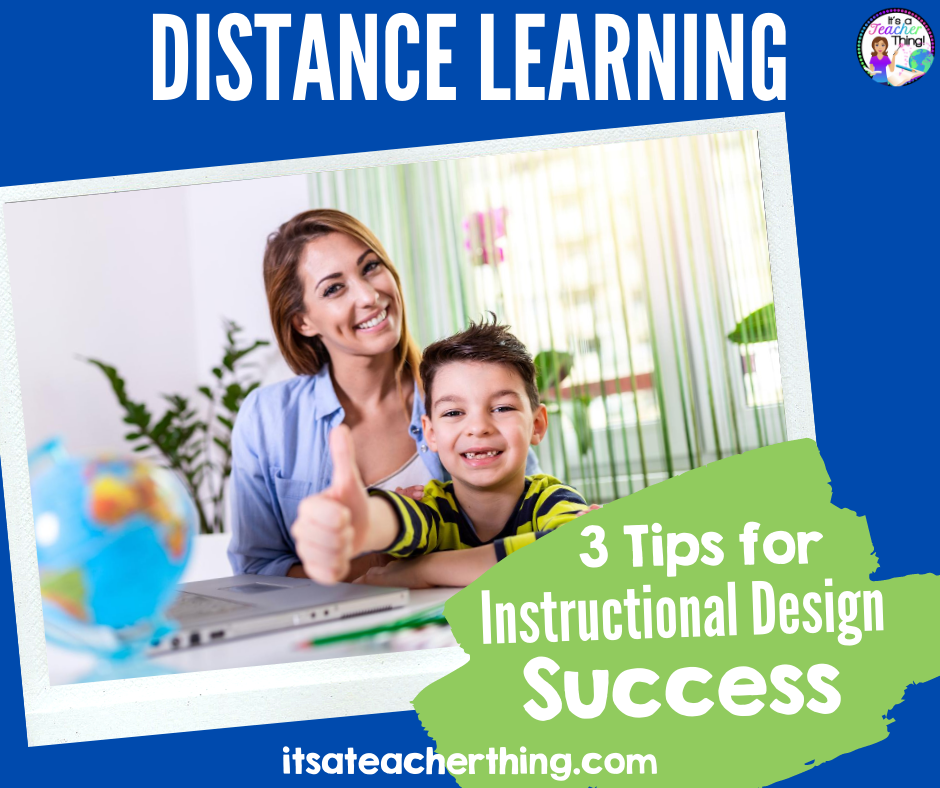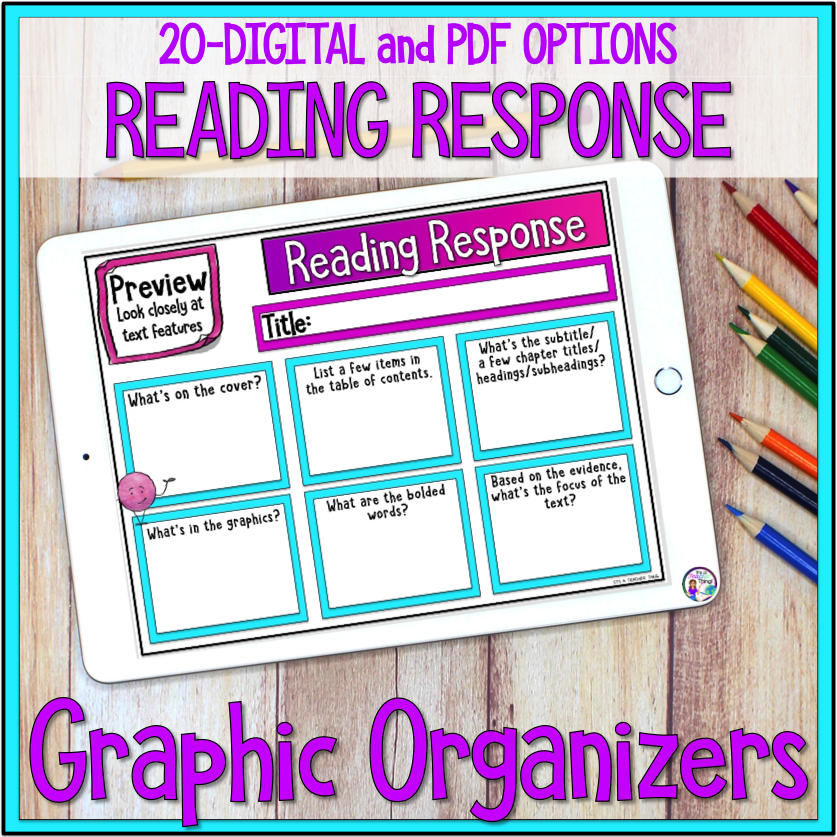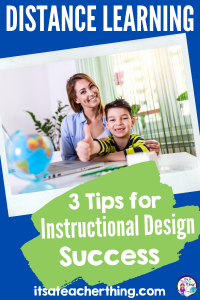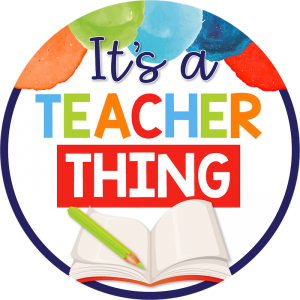
Distance learning instruction design has different challenges than in the physical classroom setting. Those of us who made the quick transition to distance learning in March of 2020 know this well. Here are 3 tips to implement into your distance learning instruction design to help all students succeed.
1. Slow Down and Simplify Instructional Content
You and your grade level team members will need to make choices. You might consider these questions:
- What knowledge is essential?
- What’s essential for the next grade level?
- What concepts have endurance and hold leverage?
We can’t teach everything we’re used to teaching in the physical classroom, so we need to make choices. Think about the concepts that span curricular areas.
- What can be analyzed in depth?
- On which topics can student construct arguments?
- What’s going to help build a solid knowledge base?
- Speaking and listening skills transfer easily to distance learning.
I teach 6th grade. My team and I are considering starting with a question similar to this: How can setting have powerful influences in our lives?
This question can easily be addressed in ELA with reading. I’m going to read aloud a novel about early humans titled Maroo of the Winter Caves. Setting is a key component in the story, and it drives the conflict. I’m also going to focus on the short story “All Summer in a Day”. This, too, is setting driven, as it’s setting that influences behavior and choices.
This enduring question translates into social studies as well. Since we study early humans in sixth grade, I’ve chosen a novel that ties in with the social studies text and activities.
The enduring question about setting also crosses into science. We can discuss Ice Ages, weather, climate change, environments and resources.
Our math teacher has decided to use the idea of perseverance in teaching order of operations. In both reading pieces, perseverance and overcoming challenges are key themes. We can better control our setting if we have some understanding as to how it works. What benefits does it offer; what challenges does it pose. When you have the experience to tackle the challenges, you have a better chance at survival.
Read this blog post about great first day tips that will set a positive tone for the entire year.
2. Make distance learning instructions explicit and easy to find
Since we are not with our students for 6.5 hours each day, they can’t just ask us to explain. This is why we need to be very explicit in our instructions. Here are easy ways to achieve this goal:
- Always post instructions in the same place and use the same format or color.
- Try to post instructions at the same time each week.
- Make instructions multi-modal-use video, written, as well as verbal (in your meetings).
- Hold regular meetings so that you can clarify for students.
- Create videos showing how to accomplish the task.
- Use check lists so students can keep track of where they are in the journey to successful completion.
- Try your own assignment BEFORE assigning it. This is the BEST way to see if the task is clear and achievable. It will also show you the stumbling blocks many students will face, and you can address these potential hurdles in your instructions.
- Use week-long units that provide similar activities and expectations so students become familiar with the structure and style of the work . Find a selection of four high-interest reading units here (in both digital and printable formats). I love using these units because each provides a week-long schedule and differentiation.
3. Grading will be different
We may need to adjust our grading style and expectations. Traditional grades might just need to take a back seat for a time.
Consider using formative feedback as the students are working toward the goal, not just the grade at the end of the period or trimester. Use the feedback area in your remote classroom grading system to write regular comments. Ask questions about the student’s work. Explain that you are available at certain times for more support, perhaps in a 1-1 meet.
Assessments may look different with distance learning instruction
We know that it’s easier for students to copy in a distance learning setting. However, if you have students creating things for their assessments, copying is not so simple. Check out a few examples of how students can show their learning in the remote classroom:
- Create videos
- Create podcasts
- Create comics
- Create art
- Write a story
- Write a paragraph in response to a prompt
- Build a model
- Make food
- and so many other options
There are a lot of options, for sure. One type of work I love assigning are Reading Response Graphic Organizers (find them here). Since they’re just one page and have a consistent look, this lowers student stress levels, and the response organizers come in both digital and printable formats. I use them for students to respond about their independent reading book. And those students who aren’t meeting that independent reading goal will respond using the novel read aloud that I record and post.

Check out this blog post about 3 more tips for the successful distance learning classroom.
Implement essential tips right away and create a positive learning experience for all students.

Pin this image to save these great tips for distance learning instructional design.



Three really good ideas for making distance learning effective!
I love how you broke this down so simply! There are so many new shiny things, that we often forget to focus on what is important. Thanks for the great tips, Marcy!!
Marcy,
Thanks for sharing so many distance learning tips!
Wishing everyone the very best whether you are teaching online or in your classroom,
Vicky